Last year, the NFT photography market soared to $200 million, according to estimates. So far in 2022, the planet’s first permanent, physical NFT museum opened in Seattle, and elsewhere, an open-edition NFT photography sale generated more than $6 million. A painting, believed to have been lost for a century, was found—and turned into an NFT.
The NFT space evolves quickly, with new trends emerging overnight. In recent months, we’ve seen countless new ideas crop up, and while some have faded from the headlines, others have gone on to influence how artists create, connect with patrons, and exhibit their work. From members-only communities to brand-new gallery spaces, here are just a few of the creative concepts influencing the world of NFTs right now.
Utility
“Utility” in the NFT space essentially describes any set of “perks” a collector gets when investing in an artist, beyond ownership of the artwork itself. It can be something tangible, such as a physical artwork, or experiential, like a workshop or event. Outside of the photography space, one innovative idea can be found in Crypto Baristas, an NFT collection for coffee lovers. Ownership of their NFTs offers discounts at coffee shops and merch stores, bags of coffee, and even a trip to a coffee farm.
Elsewhere, we’ve already seen photographers get creative with what they offer their communities. One example is Celebrating the Wins, the genesis collection by Street Dreams Cafe. These are photography trading cards, available in packs. As with other kinds of trading cards, some are rarer than others. Possible rewards include merch, access to parties and events, airdrops, prints, and more.
To learn more about NFT utility, check out this guide.
Clubs and communities
NFTs are valuable, in part, because they represent ownership over something that’s unique or rare. It might come as no surprise, then, that we’ve seen the rise of NFT “social clubs,” where the token doubles as a membership card. Members can connect online but also in person, with everything from restaurant experiences to cocktail parties emerging in recent months.
A well-known example is Friends With Benefits, a club with chapters in Los Angeles, New York, and London. Elsewhere, in the art world, one leading private community thus far has been Proof Collective, a group of one thousand artists and collectors. Holders of the Proof Collective NFT have access to a private Discord, events, collaborations, and more.
Another project of note is Collective Strangers, a community of one thousand photography lovers, with the NFT artwork sourced from the collective. They take a totally fresh approach to community-building: members gain entry by owning a “photo pass,” which gives them permission to use an app to make and mint pictures. In exchange, they get a picture created by another member.
The NFT space moves rapidly, and it’s hard to predict what will happen in the future. But perhaps we can imagine a similar idea when it comes to art collecting, where token holders of a photography project, for instance, could get exclusive access to gallery shows or open studios. Or maybe an NFT could unlock access to an immersive metaverse art exhibition.
Editions
Those familiar with selling prints are well-acquainted with the idea of editions, a predetermined number of copies made available of the same image. The decision to mint your work as 1 of 1 or as an edition is a personal one, and 1 of 1s tend to command higher prices, sometimes significantly. And 1 of 1s will always be precious in the photography market. But recently, some photographers have also been experimenting with editions, which could potentially open up their work to a wider collector base.
An edition can be limited to a specified number (say, 20 copies) or open. In April, Isaac “Drift” Wright, aka DrifterShoots, a leader in the space, launched an open edition sale that lasted for 24 hours. The sale earned the equivalent of more than $6.8 million, with a percentage going to The Bail Project, a non-profit that pays bail for those in need. Meanwhile, on Vault by 500px, you can find a variety, including 1 of 1s and editions of five, 10, or 15, depending on the artist and the piece.
IRL spaces
Remember Crypto Baristas, the project for caffeine enthusiasts? The funds from the sales of their unique character tokens will go toward the launch of a café space in New York, with an emphasis on digital art. NFT communities might start online, but they’re expanding into the physical world as well, giving artists, collectors, and fans a chance to meet and hang out “in real life.”
Already, the art world has embraced NFTs, while also dreaming up new ways to apply them in the “real world.” In May, the NFT platform LaCollection, in collaboration with the Leopold Museum, revealed a pop-up exhibition featuring NFTs representing the work of the Austrian Expressionist painter Egon Schiele (1890-1918), including a painting that was recently rediscovered after 100 years. One future goal is to invite collectors of the NFTs to see the physical work in the museum, bringing it out of the vault for their viewing. There will also be events, private museum tours, and more.
In Washington state, meanwhile, the Seattle NFT Museum offers a permanent space for digital art in a physical world, with exhibitions, workshops, and live minting events. In the photography space, too, leading voices have expanded into IRL spaces, including the NFT platform Quantum Curated, which has a community location in Los Angeles, and Assembly, an arts agency and creative studio with a gallery space in Houston, Texas.
In conclusion
For many artists, NFTs offer a new vision of what patronage can look like in a digital world. Instead of competing for the most likes, comments, and attention on social media, they’ve connected with smaller and more tightly-knit groups of collectors who are keen to invest in and support their work long-term.
In recent months, NFTs have also been dubbed the “gateway to crypto,” encouraging more people to learn more about blockchain technology and its potential implications for Web3. You might be drawn to the community for the art, only to find you’re inspired by the technological innovation that’s happening on a global level.
Artists who started by minting their own work have become investors in the work of emerging talents, while early collectors have become builders. Punk6529, a preeminent figure in the space, for example, is helping to build an open metaverse called OM, complete with an NFT museum district. In many ways, we’re just scratching the surface of what’s possible; as more photographers enter the space, the horizons will continue to expand.
Explore VAULT now. An NFT marketplace for creators, collectors, and art lovers.


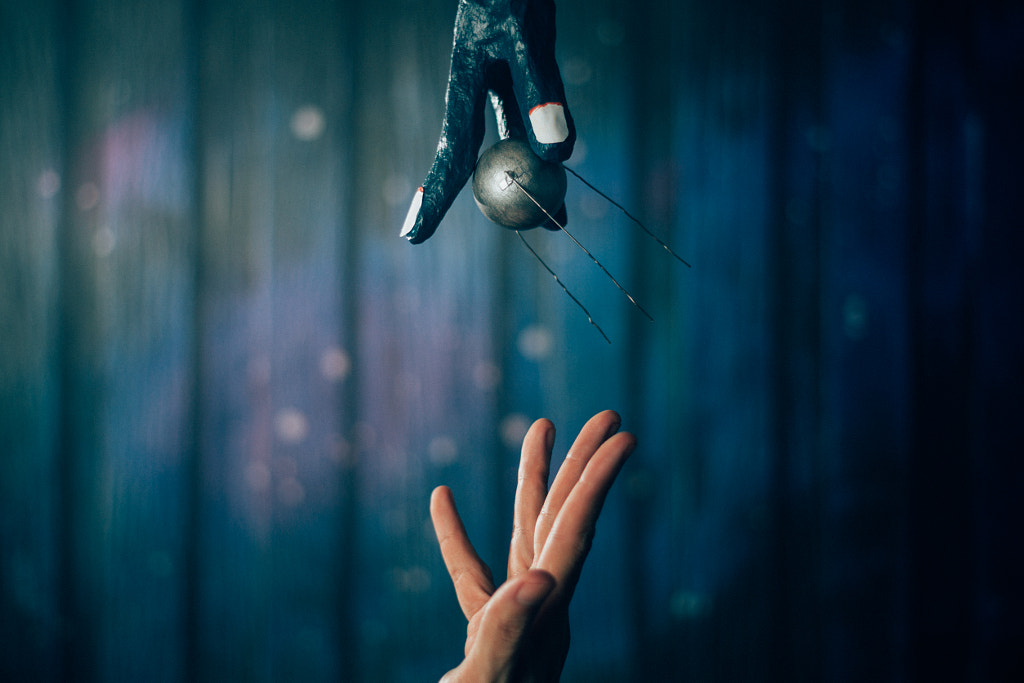

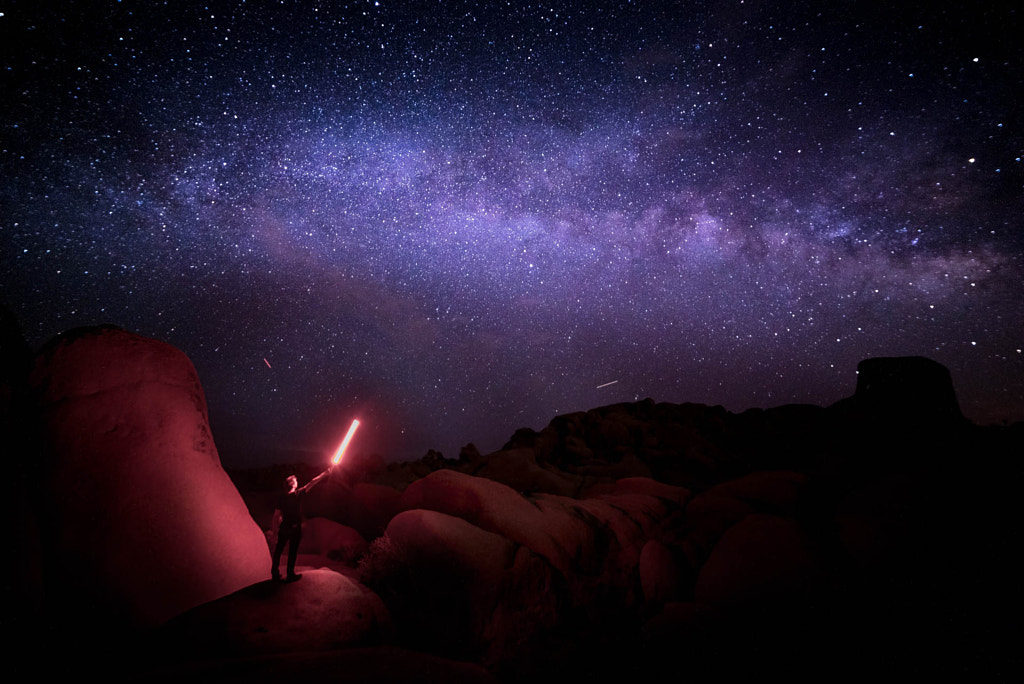
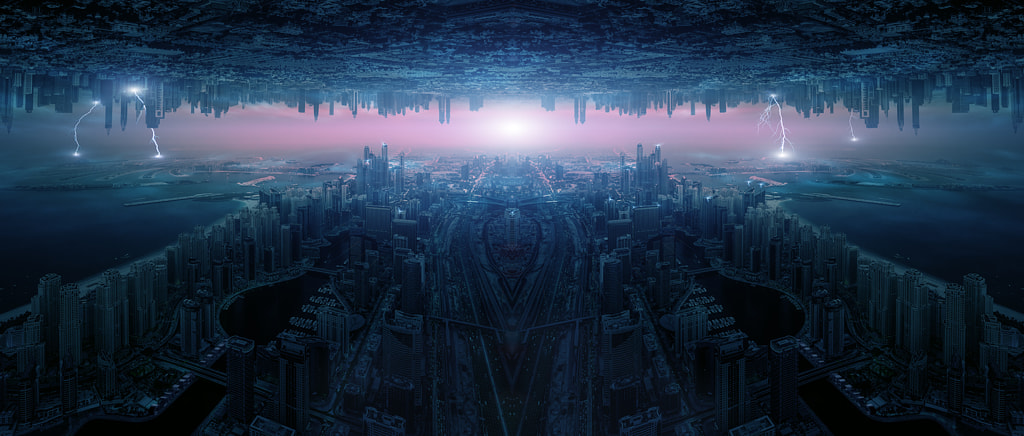
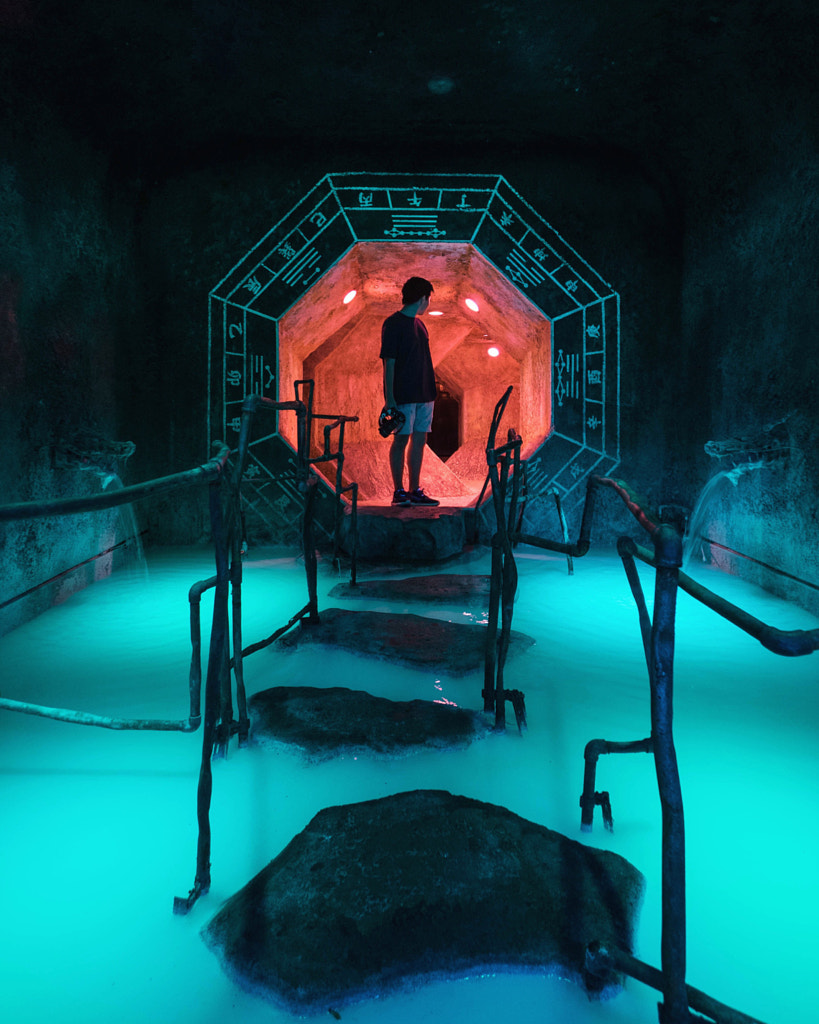
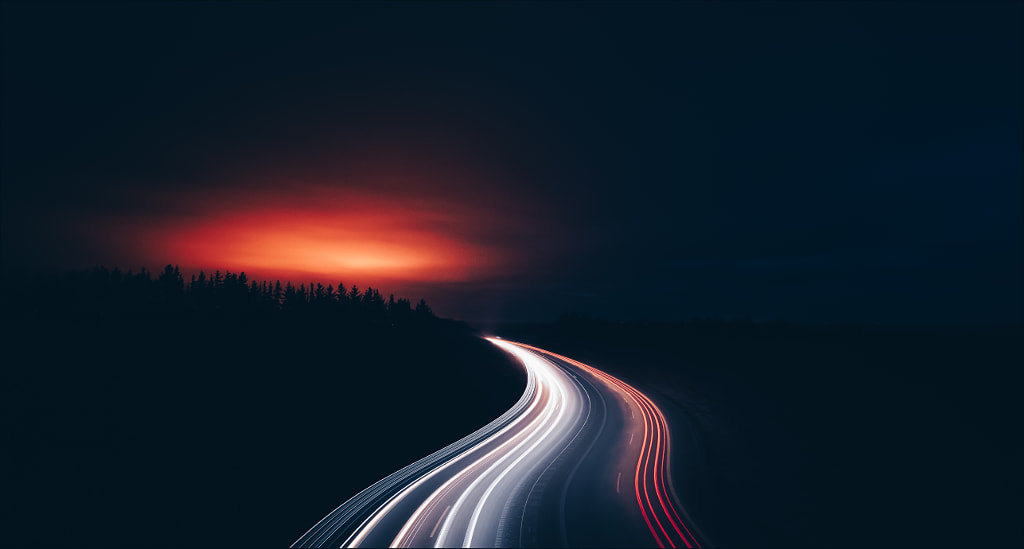
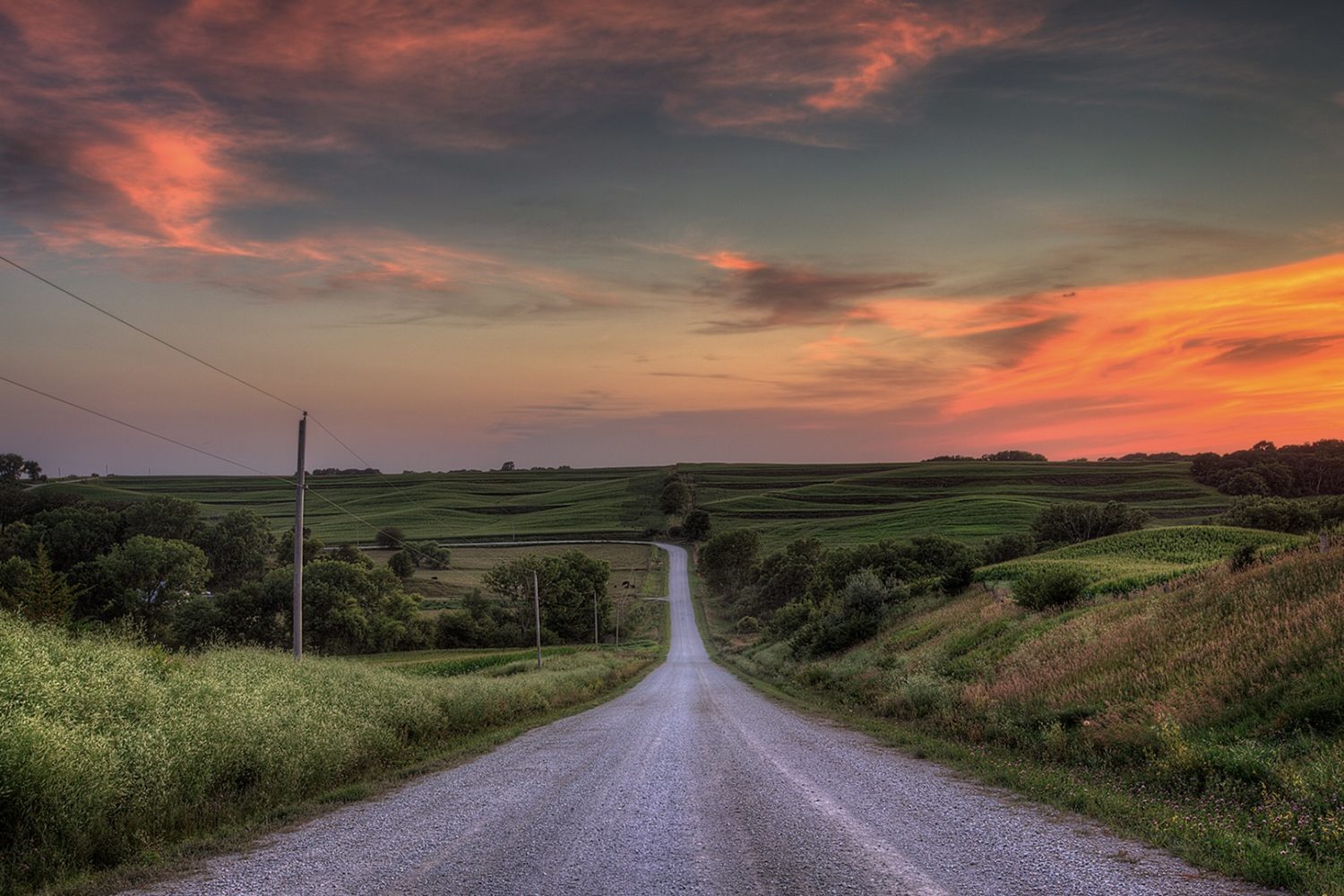
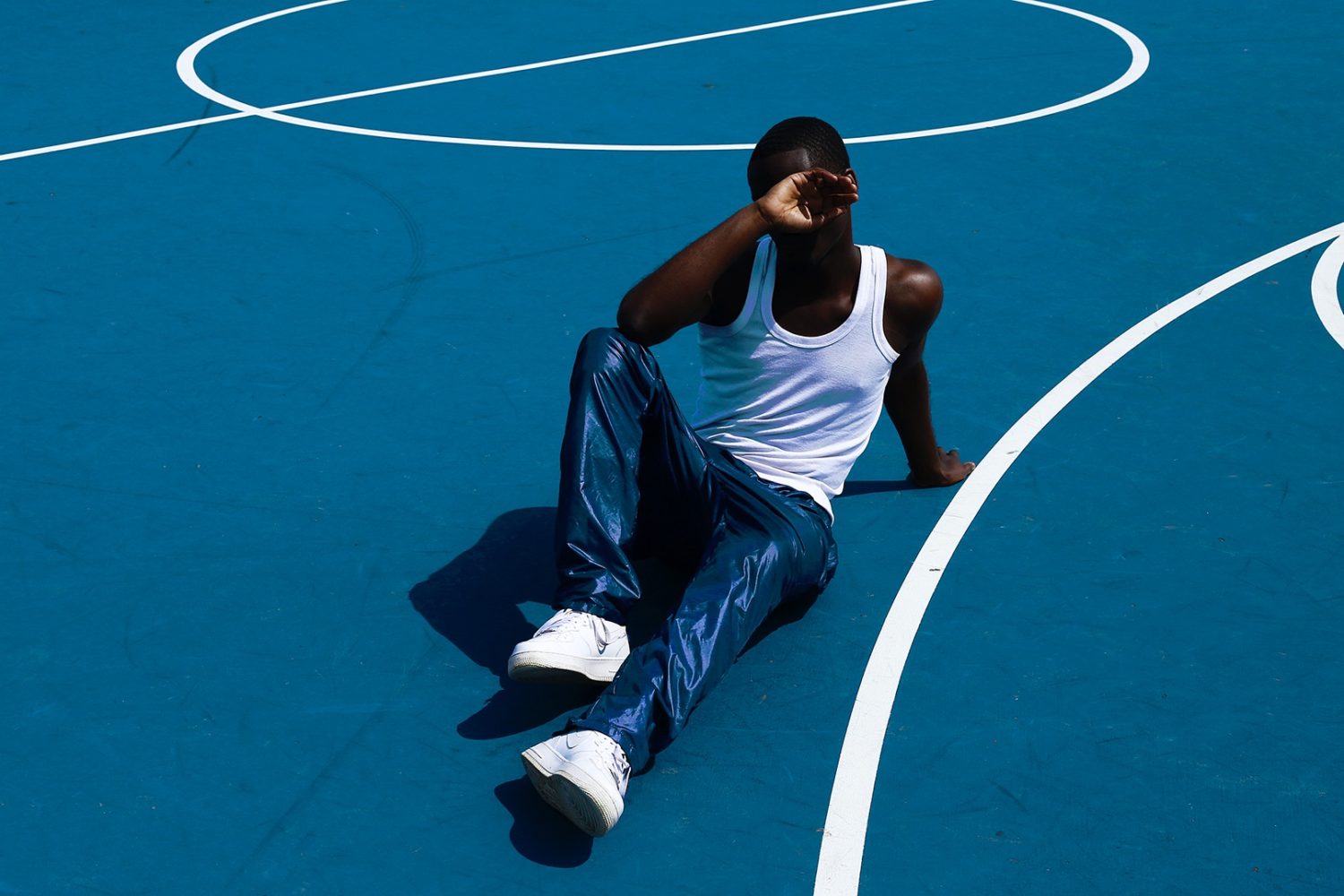
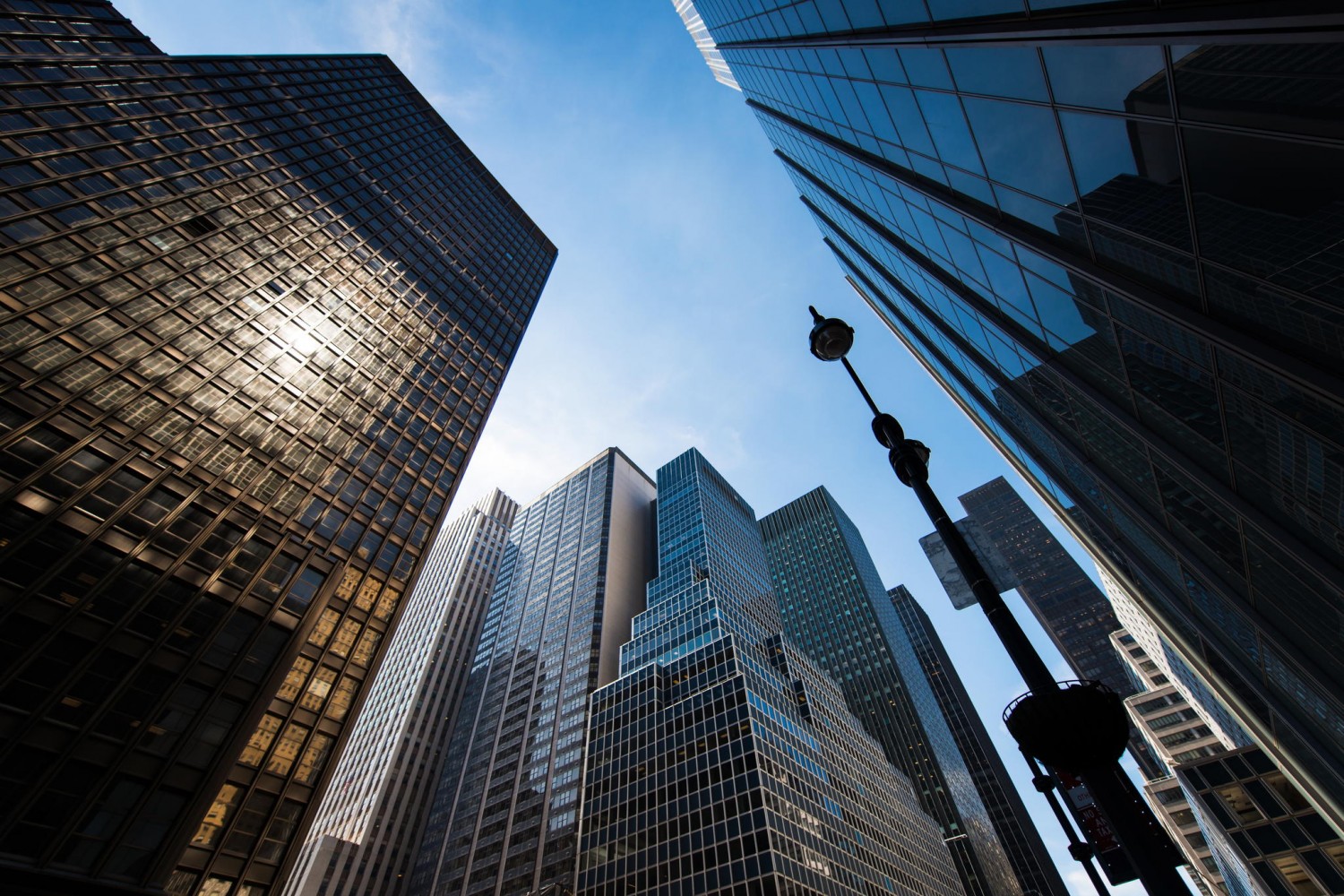
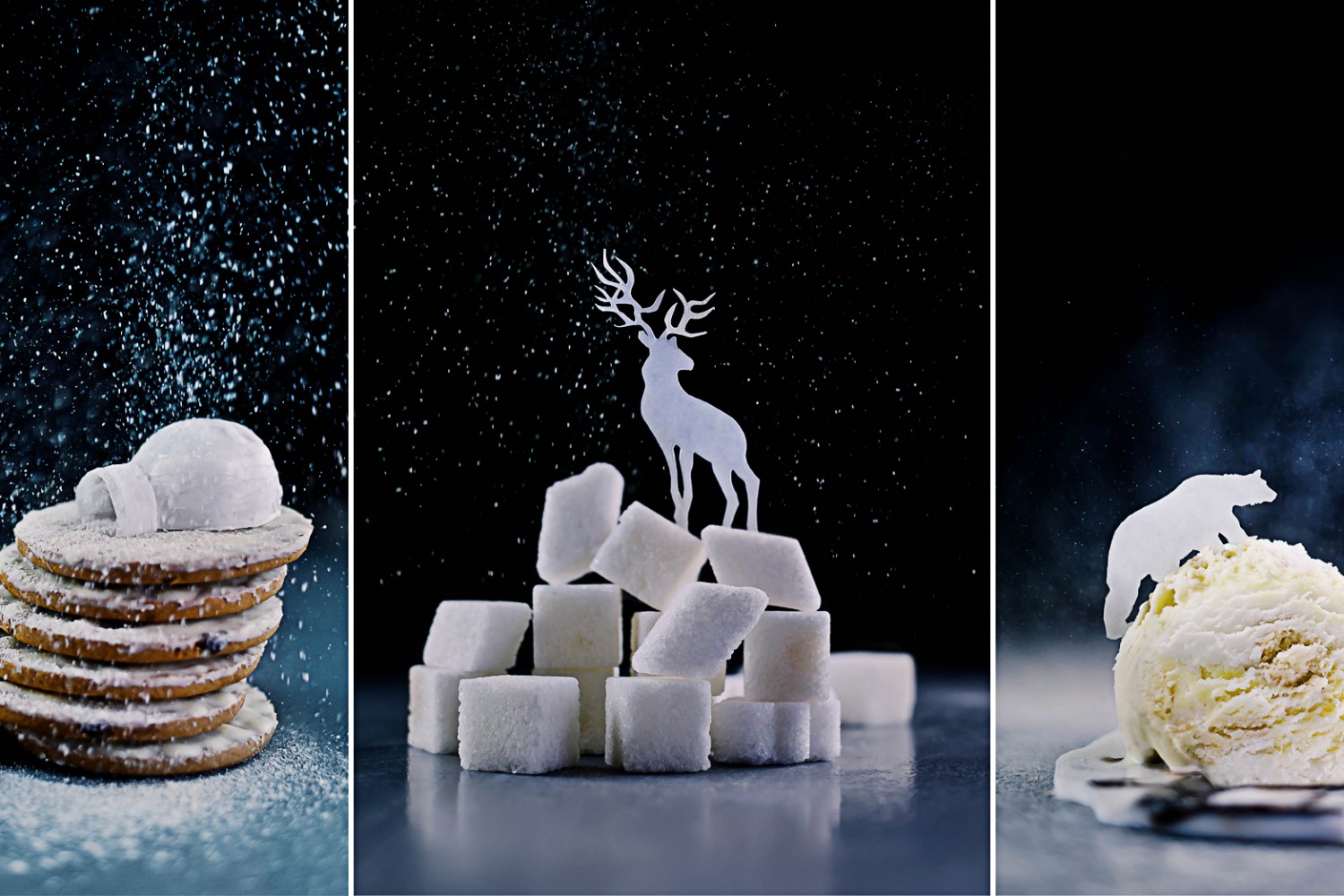

Leave a reply